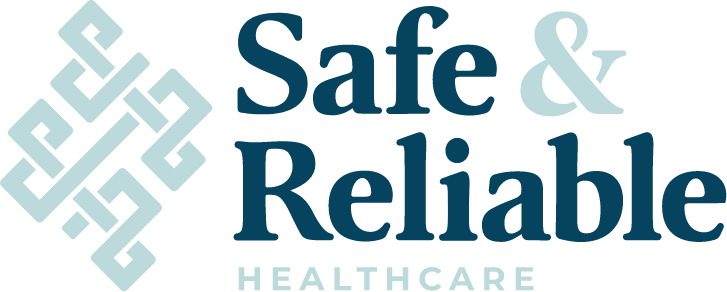Providing Feedback Following Leadership Walkrounds is Associated with Better Patient Safety, Culture, Higher Employee Engagement and Lower Burnout as Measured Using the SCORE Survey
Using the SCORE survey instrument authors Sexton et al conducted a cross-sectional survey study to evaluate associations between receiving feedback about actions taken as a result of WalkRounds (WR) and healthcare worker assessments of patient safety culture, employee engagement, burnout and work-life balance, across 829 work settings.
Work settings reporting more WR with feedback had substantially higher safety culture domain scores (first vs fourth quartile Cohen’s d range: 0.34–0.84; % increase range: 15–27) and significantly higher engagement scores for four of its six domains (first vs fourth quartile Cohen’s d range: 0.02–0.76; % increase range: 0.48–0.70).
Conclusion This WR study of patient safety and organisational outcomes tested relationships with a comprehensive set of safety culture and engagement metrics in the largest sample of hospitals and respondents to date. Beyond measuring simply whether WRs occur, the study examines WR with feedback, as WR being done well. The study suggests that when WRs are conducted, acted on, and the results are fed back to those involved, the work setting is a better place to deliver and receive care as assessed across a broad range of metrics, including teamwork, safety, leadership, growth opportunities, participation in decision-making and the emotional exhaustion component of burnout. Whether WR with feedback is a manifestation of better norms, or a cause of these norms, is unknown, but the link is demonstrably potent.

